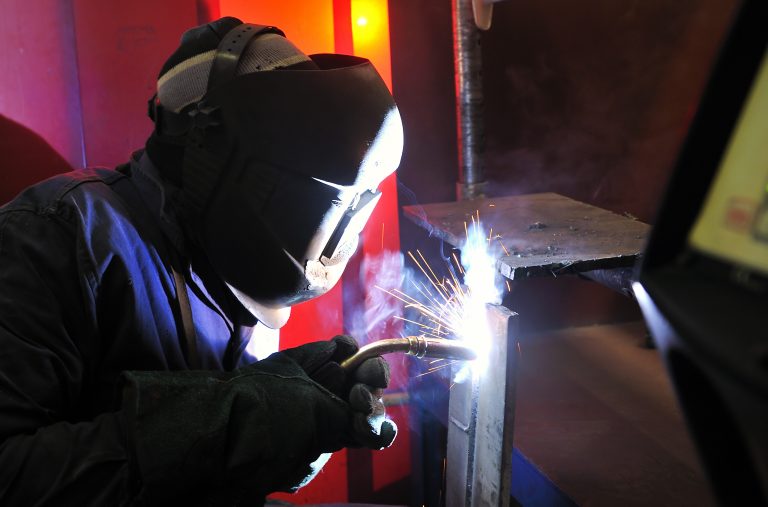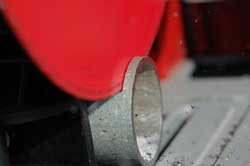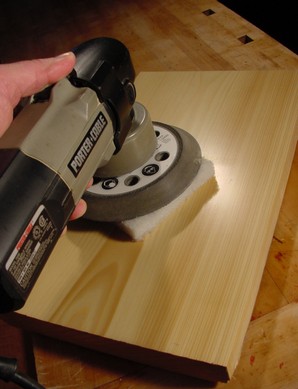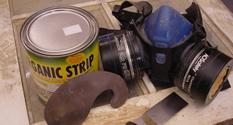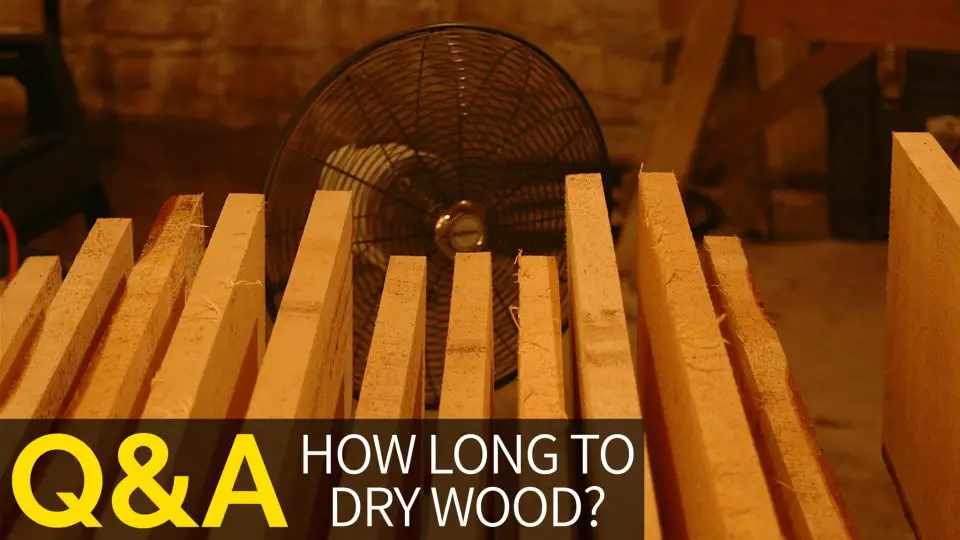
Drying your own wood for projects can take a long time or a short time. It all depends on how you do it. Read on for critical details learned over my 35+ years of woodworking.
If you’re into woodworking (or would like to be), you’ll be better off if you understand how to dry wood on your own. Some time ago I had a visit from a young man looking for advice on drying some 3″-thick maple boards he had sawn from logs for a dining table he’d like to build. This is a fairly common issue and reminded me of the kind of questions about wood drying I get frequently, such as the one from a woman below.
Q: How can I dry wood quickly? And more specifically, is there any way I can get freshly cut birch lumber dry enough for woodworking within two months? My daughter’s getting married soon. I cut 3/4”-thick boards from a tree that was taken down in her yard. I’d like to make a wedding gift from this wood.
A: Yes, fresh-cut lumber like yours can be ready for working in less than a couple months if you handle it in the right way. Place the boards on their edges on sawhorses with an inch or two between them. Point a household fan on the pile, oscillating back and forth. With air blowing over the pile 24/7, I expect the wood will be dry enough to work in less than two months. I’ve used this technique to dry fresh cut white pine with a 30% moisture content down to 9% in six weeks. A moisture meter is a foolproof way to monitor the drying process, but there’s another option, too.
Carefully measure the width of each board down to 1/32”. Record the date and width measurements in pencil on each board each day, one measurement under the other. When the width becomes stable while the fan blows on the pile, you can begin cutting and planing for your project. Click here for more detailed information on how to dry lumber so it’s stable and works well for fine woodworking and furniture building.
Also, here are some frequently asked questions about how to dry lumber for woodworking projects:
Are you interested in woodworking, but don’t know where to start? My online video course WOODWORKING FOR BEGINNERS CAN HELP. Click below for a detailed overview of the entire course, complete with money-back guarantee.
Here’s what they’re saying about the course:
“Thank you so much for your time and effort in putting this course together. I found it not only helpful but interesting!” – MH
“I have taken two courses from Steve and have two more queued up because his courses are so good! It is clear that Steve has a wealth of experience under his belt. One of my favorite things about his courses is the level of detail he provides– down to the pencil or process that makes a difference in the work. Unlike many YouTubers out there who have a hacky way to do things and want to share their half-baked ways with the world, Steve’s projects show and teach step-by-step, true craftsmanship and respect for the tools, methods and materials he uses. He is also very responsive to questions and always at the ready with more tips for success!” – DL
“This is a great class. It goes beyond the purely technical and offers principles that I found helpful beyond this course and the shop. I enjoyed and learned a lot from the project-based approach. The course addressed all the foundational and basic questions for my woodworking. Often I found myself thinking: “I wish I had known this earlier it would have saved me so much trouble.” Also, Steve was very helpful and available throughout the class, which was invaluable. Thanks for all your teachings!!!!!” – MH
How to Dry Wood FAQs
Q: How long does it really take for freshly sawn lumber to dry?
A: Drying time depends on the thickness of lumber, the species and the conditions the wood is stored under. Freshly cut lumber could have a moisture content as high as 30%. You need to get this down to 7% to 9% for use building indoor furniture. The old rule of thumb is 1 year of drying time for each inch of thickness, but you can certainly make successful drying happen much, much faster. A fan blowing on a pile of lumber with strips placed between each layer of boards for ventilation can easily cut drying time by 80% or more.
++++++++++++++
Q: How do I know my lumber is dry enough to build furniture with?

A: If you’re building furniture from your rough-cut lumber, you should invest in a moisture meter. This is an electronic device that tells you the moisture content of lumber at a glance. They’re inexpensive, effective and they take the guess work out of the equation. Aim for 7% to 9% moisture content, but there’s more to it than this. Wood can be dry on the surface, but too wet internally. This is why it makes sense to work with wood in stages. Cut and plane your wood so yeah piece is oversized, then let the pieces sit for a few days with a fan blowing on the pieces. By giving your wood time to dry further after each cutting and planing step, you’ll go a long way to avoid the disappointment of parts that twist, warp and shrink after assembly.
+++++++++++++++
Q: How long does it take for wood to dry for outdoor projects like a deck or picnic table?
A: Wood for outdoor applications doesn’t need to be nearly as dry as wood destined for indoor projects. Even wood that’s as wet as 20% moisture content can be used right away for outdoor building. If you buy “kiln dried” construction lumber you can use it right away. If you’ve had some pine or cedar cut for you at a sawmill, give the boards 2 months of drying time (under some kind of roof), and it’ll be dry enough to build outdoor projects with – no fan needed.
+++++++++++++++++
VIDEO: Really Cheap Project Wood
Even many experience woodworkers are surprised to learn how well construction-grade lumber works for fine woodworking projects. Watch below for a video tour.
- Video Watch Time = 4 minutes









